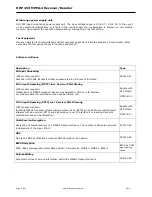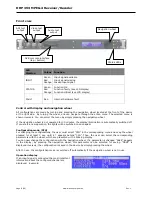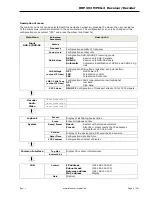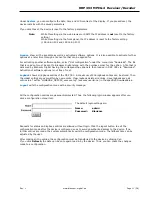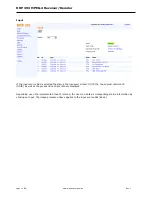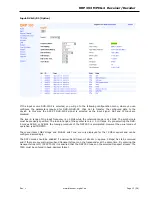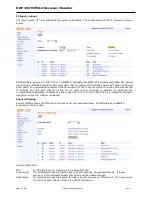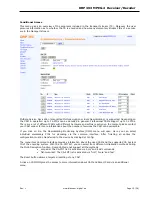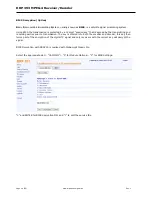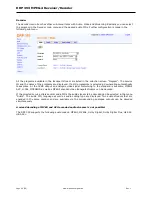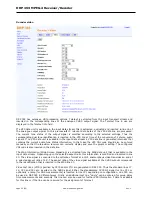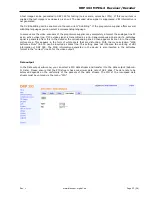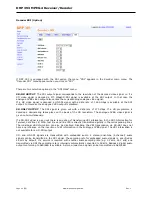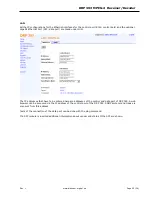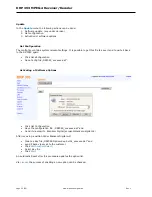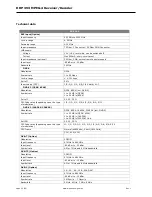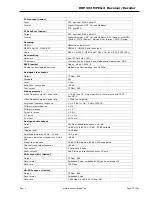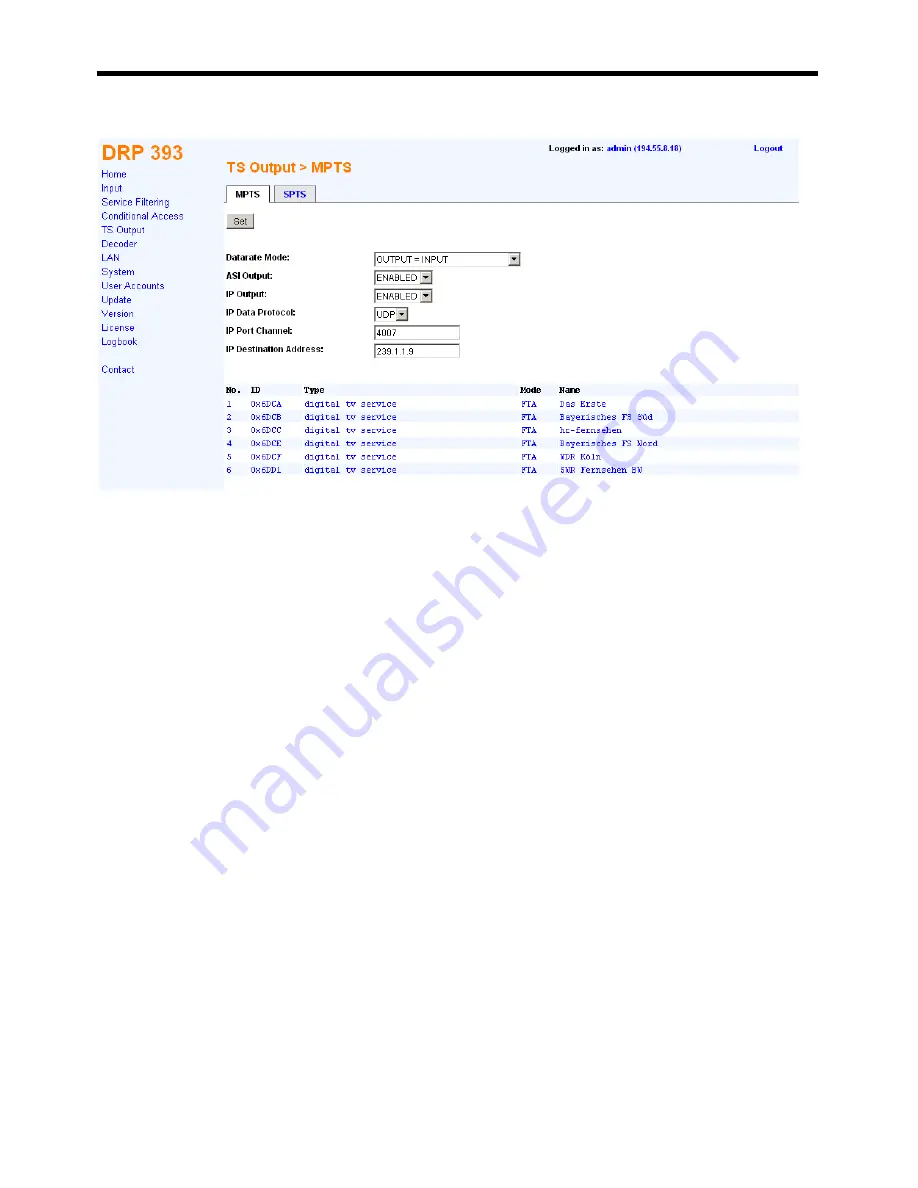
DRP 393 MPEG-4 Receiver/Decoder
Page 18 (36)
www.blankom-digital.de
Rev. L
IP Output MPTS
The outgoing MPTS-IP data stream is configured in this menu. Standard protocol is UDP, RTP or proMPEG
are optionally available on request. The most efficient protocol is UDP. The proMPEG protocol increases the
data rate by up to 100% depending on the configuration A port must be selected for establishing a
connection with the receiver. The source (DRP 393) and the receiver must use the same port. Furthermore
the IP address of the receiver must be entered (Unicast).
Multicast is possible by selecting the destination IP address. IP addressed in the range 224.0.0.0 to
239.255.255 are Multicast addresses. The receiver must be set on the corresponding Multicast address.
Individual services from the transport stream can be removed if these do not have to be transferred in
MPTS. For this, three settings are available in the “Service Filter Mode”:
OFF
: The service filter is disabled and all services of the input data stream are given out via MPTS.
PASS MODE
: All services that are marked in the overview (selected services are ticked) are transferred. All
other services are blocked. If services are transmitted only occasionally in an input transport stream or if the
program assignment is changed only the marked services are transferred and all the other services in the TS
are blocked.
DROP MODE
: In the drop mode all services that are marked are filtered out. All other services are
transferred. If the multiplex of the transport stream changes the changed or new services to be added are
also transferred. Only the marked services are removed from the TS.
If a service is removed from the transport stream all the elementary PIDs belonging to this service are
filtered out. All PIDs belonging to a service are listed in the PMT (Programme Association Table). DRP 393
gets the assignment from PID and Service. The elementary PIDs include video PID, audio PID, Teletext PID,
subtitle PID etc.



